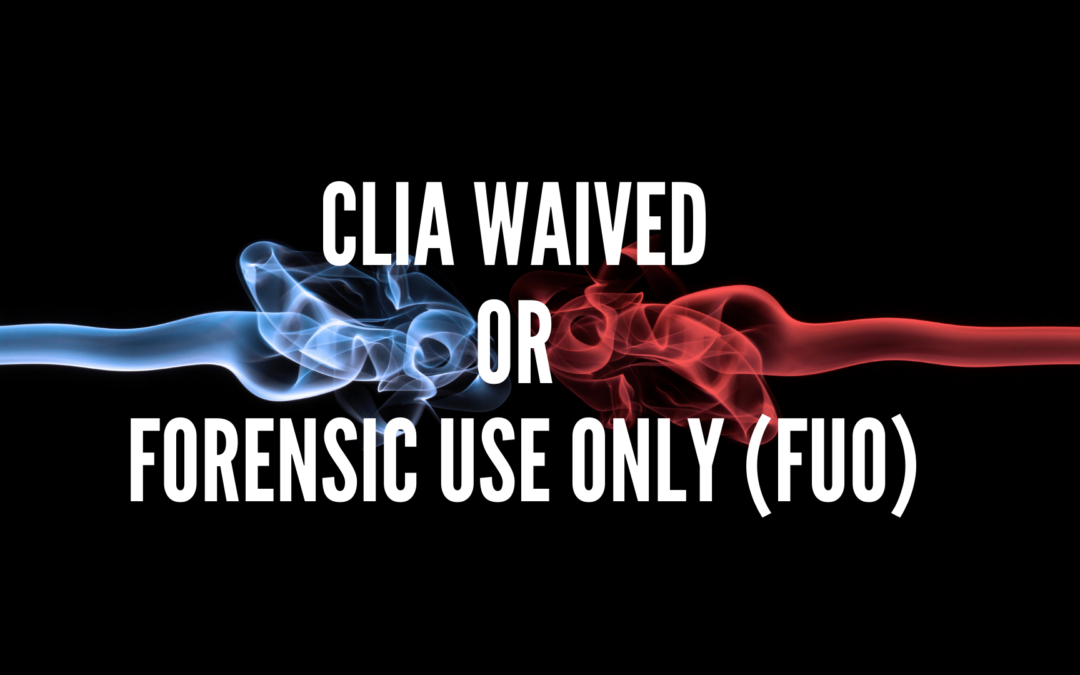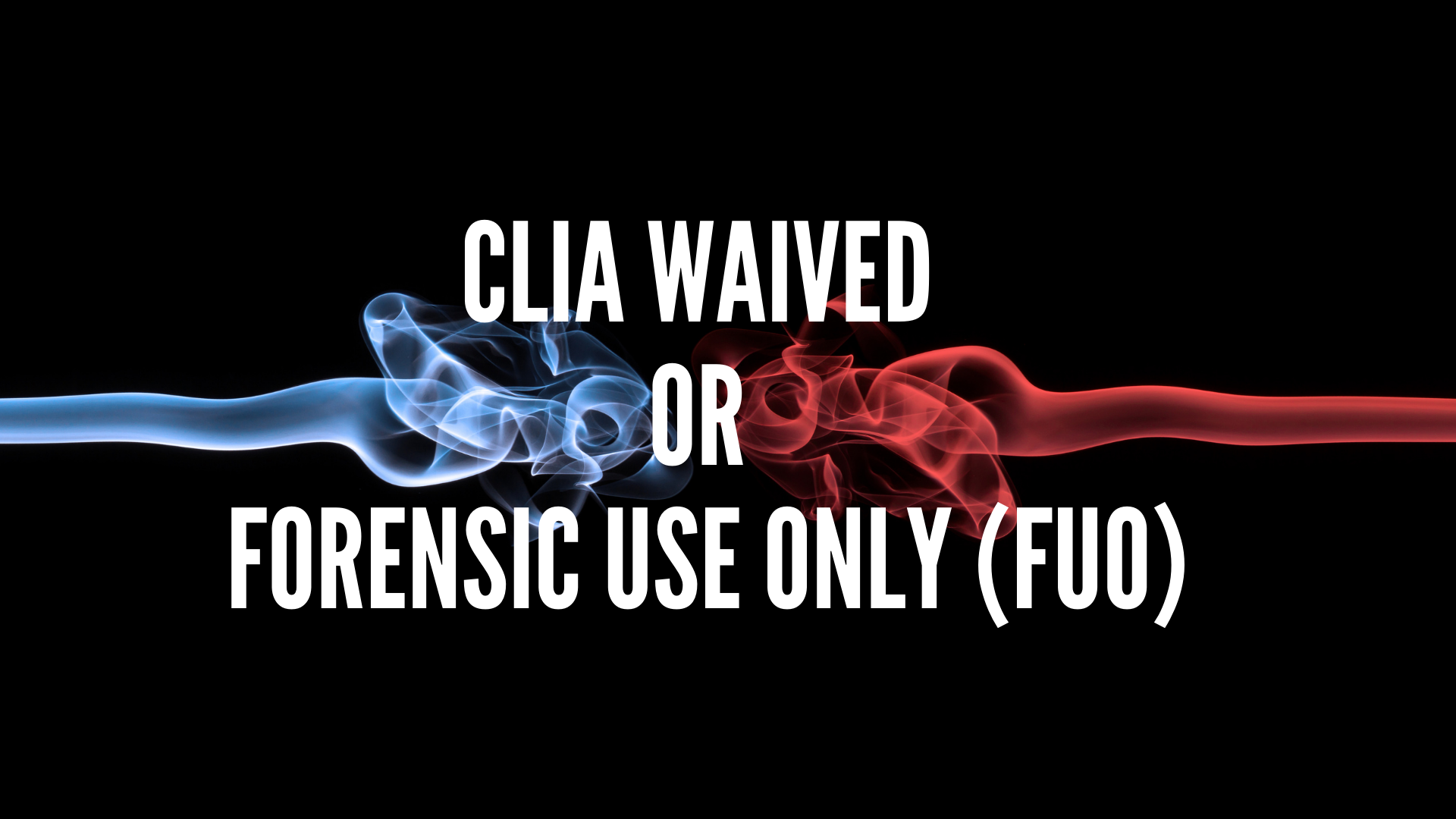
Phencyclidine
Phencyclidine
PCP
What is PCP?
Phencyclidine (PCP) is a mind-altering drug that may lead to hallucinations (a profound distortion in a person’s perception of reality). It is considered a dissociative drug, leading to a distortion of sights, colors, sounds, self, and one’s environment. PCP was developed in the 1950s as an intravenous anesthetic, but due to the serious neurotoxic side effects, its development for human medical use was discontinued.
Cut-Off Levels (ng/mL)
300, 500, 1000 ng/mL (Urine)
2 Hrs. – 4 Days (Urine)
How is it Used?
PCP is available in a variety of tablets, capsules, and colored powders, which are either smoked, taken orally or by the intranasal route (“snorted”).
Smoking is the most common route when used recreationally. The liquid form of PCP is actually PCP base often dissolved in ether, a highly flammable solvent. For smoking, PCP is typically sprayed onto leafy material such as mint, parsley, oregano, or marijuana. PCP may also be injected. The effects of PCP can last for 4 to 6 hours.
What are the Effects?
Pharmacologically, PCP is a noncompetitive NMDA (N-methyl-D-aspartate) receptor antagonist and glutamate receptor antagonist, but also interacts with other receptor sites, and may have effects with dopamine, opioid and nicotinic receptors.
Many believe PCP to be one of the most dangerous drugs of abuse. A moderate amount of PCP often causes users to feel detached, distant, and estranged from their surroundings.
- Numbness of the extremities, slurred speech, and loss of coordination may be accompanied by a sense of strength and invulnerability.
- A blank stare, rapid and involuntary eye movements, and an exaggerated gait are among the more observable effects.
- Auditory hallucinations, image distortion, severe mood disorders, and amnesia may also occur.
- Acute anxiety and a feeling of impending doom, paranoia, violent hostility, a psychoses indistinguishable from schizophrenia.
High doses of PCP can also cause seizures, coma, and death (often due to accidental injury or suicide during PCP intoxication). Psychological effects at high doses include delusions and hallucinations. Users often refer to the experiences from hallucinogens as a “trip”, or calling an unpleasant experience a “bad trip.”
PCP has sedative effects, and interactions with other central nervous system depressants, such as alcohol and benzodiazepines, can lead to coma or accidental overdose. Many PCP users are brought to emergency rooms because of PCP’s unpleasant psychological effects or because of overdoses. In a hospital or detention setting, they often become violent or suicidal, and are very dangerous to themselves and to others. They should be kept in a calm setting and should not be left alone.
Common Symptoms
- slight increase in breathing rate
- rise in blood pressure and pulse rate
- shallow respiration
- flushing and profuse sweating occurs.
- a drop in blood pressure, pulse rate, and respiration.
- nausea, vomiting
- blurred vision
- flicking up and down of the eyes
- drooling
- loss of balance and dizziness
- violence, suicide
- memory loss
- difficulties with speech and learning
- depression
- weight loss that can persist up to a year after stopping PCP use.
Common Street Names
- Angel dust
- Boat
- Hog
- Love Boat
- Wack
- Ozone
- Peace Pill
- Dust
- Embalming Fluid
- Rocket Fuel
- Supergrass, Superweed, whacko tobacco, and killer joints refer to PCP combined with marijuana.
What does it Look Like?
In its purest form, PCP is a white crystalline powder that readily dissolves in water or alcohol and has a distinctive bitter chemical taste. On the illicit drug market, PCP contains a number of contaminants causing the color to range from a light to darker brown with a powdery to a gummy mass consistency.
Legal Status
PCP is a Schedule II stimulant under the Controlled Substances Act.
Testing Options
- Integrated Urine Test Cup
- Urine Test Dip Card
- Oral Fluid Test

Contact us
Call Us
Email Us
Our Location
Boca Raton, FL 33487


